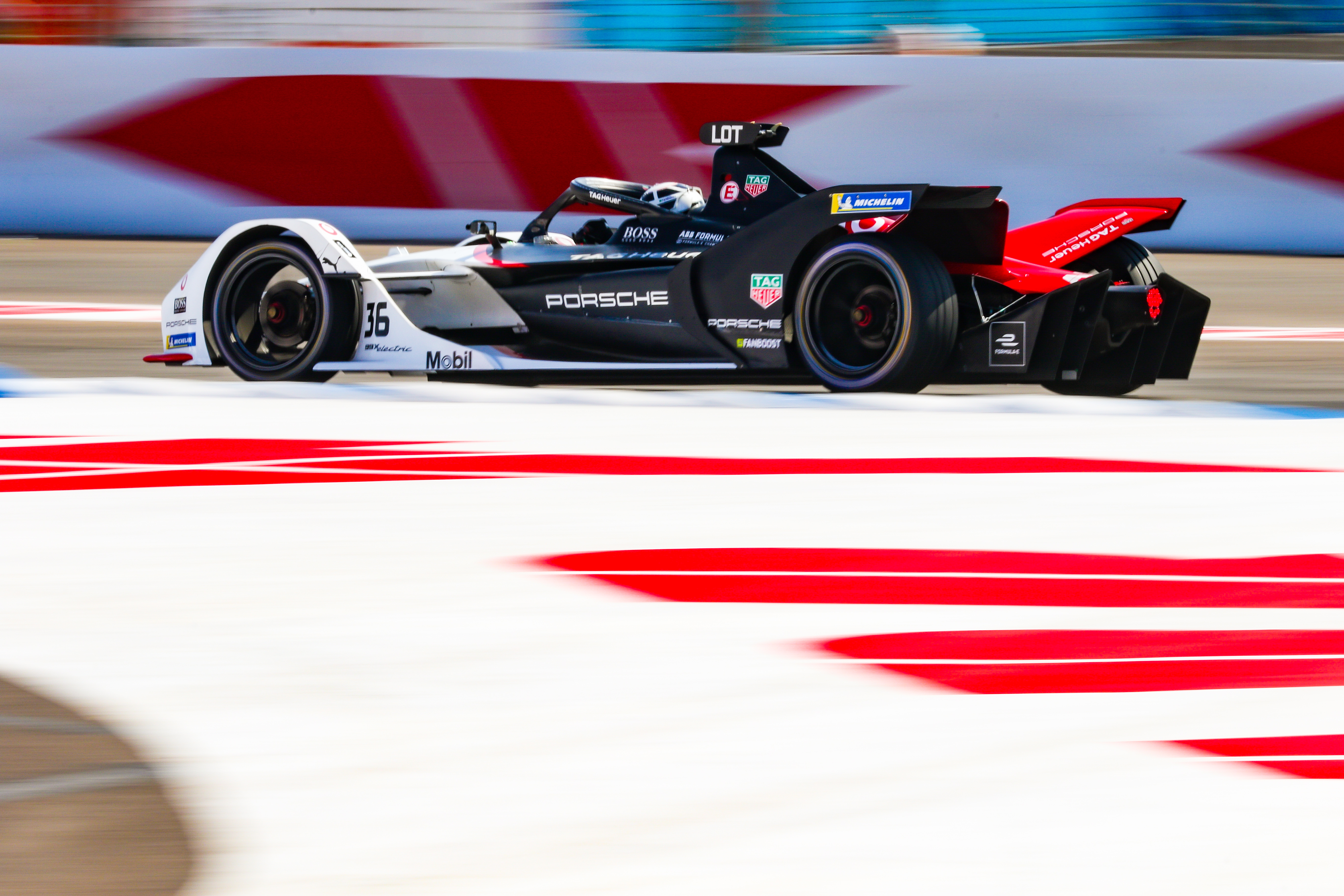As revealed by The Race on Thursday, the FIA has plans to introduce driveshaft torque sensors to Formula E in an attempt to police traction control effectively from the start of the 2020/21 season.
The Race can also reveal that the FIA is working with the San Diego based MagCanica Inc company as a dedicated supplier of torque sensors for mandatory use for the 2021/22 Formula E campaign.
The contentious plans are expected to be implemented shortly and the products could be used optionally from the start of the new season later this year.
Torque sensors traditionally work by measuring the torsional deflection induced as a result of an applied torque. This is typically done by either measuring the resultant twist/displacement of the shaft or by measuring the surface strain on the shaft.
Both these traditional methods have a low sampling rate and are not the best suited to detecting some of the modern traction control strategies that teams might consider using. These conventional methods of torque sensing are also complicated to install and calibrate.

The torque sensors the FIA are probably going to mandate in Formula E have been used for a while in Formula 1. Most of the F1 teams use MagCanica torsional stress measuring torque sensors.
They are pretty robust and have a good level of tolerance to temperature and vibration. Their installation is relatively easy, as the sensors have wireless connectivity to an externally mounted signal control/processing/output box.
The MagCanica torque sensors are believed to work by measuring the change in magnetic patterns caused by the change in torsional stress in the driveshaft caused by the applied torque.
By ensuring the teams cannot run complex traction control software hidden inside inverters and control units there will be an overall long-term cost advantage for all
The Formula E environment is considerably less harsh than the equivalent installation on an F1 car. With these torque sensors fitted to each driveshaft, the FIA will be capable of comparing throttle position to actual torque delivered to each driveshaft.
The right sampling rate is crucial and if they log the correct input parameters within the motor control and throttle demand the FIA should be able to effectively police the current state of potential traction control strategies.

But these components are expensive and this is why manufacturers claim to be so concerned.
However, by ensuring the teams cannot run complex traction control software hidden inside inverters and control units there will be an overall cost advantage for all of the teams from a long-term perspective.
And don’t forget that the manufacturers probably already run these torque sensors on the motor output shaft and on each driveshaft (a simple three-way system) during testing to determine and optimise the motor and pedal position maps.
Manufacturers spend millions of different aspects of their programmes ranging from remote mission control facilities to opulent marketing events, so it would be quite ironic if they then lobby hard against the FIA introduction of the sensors for next year on cost grounds.



